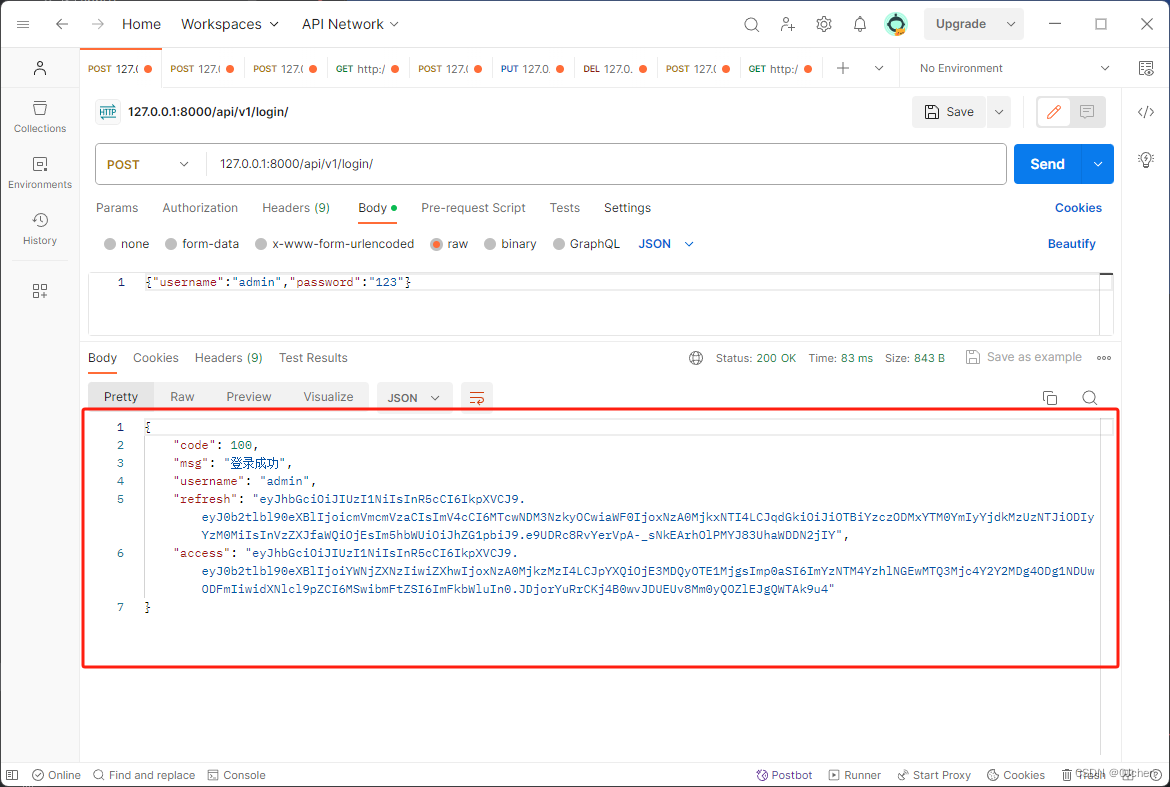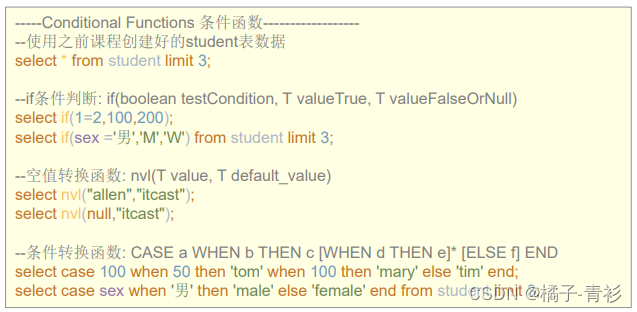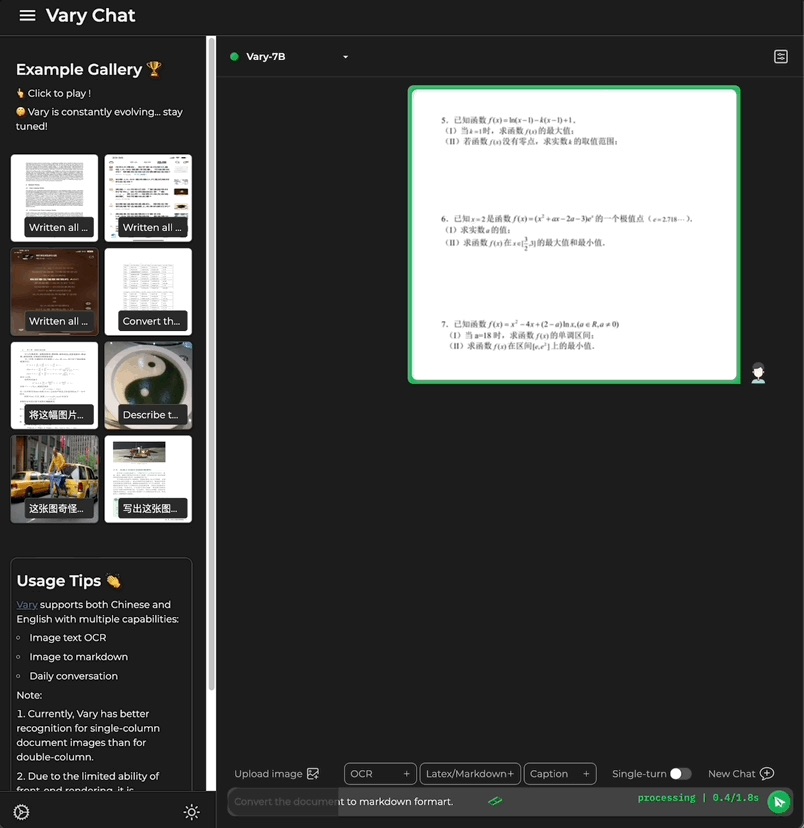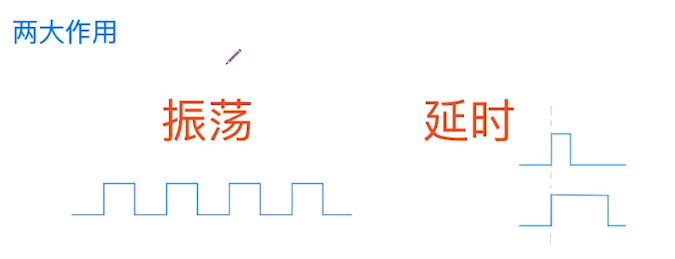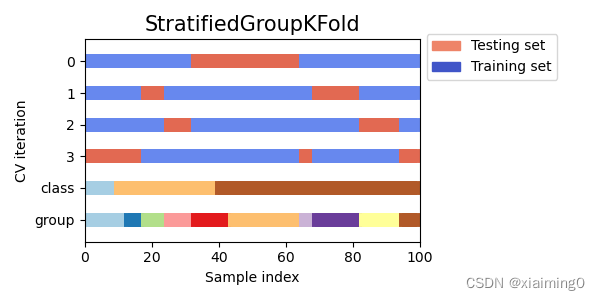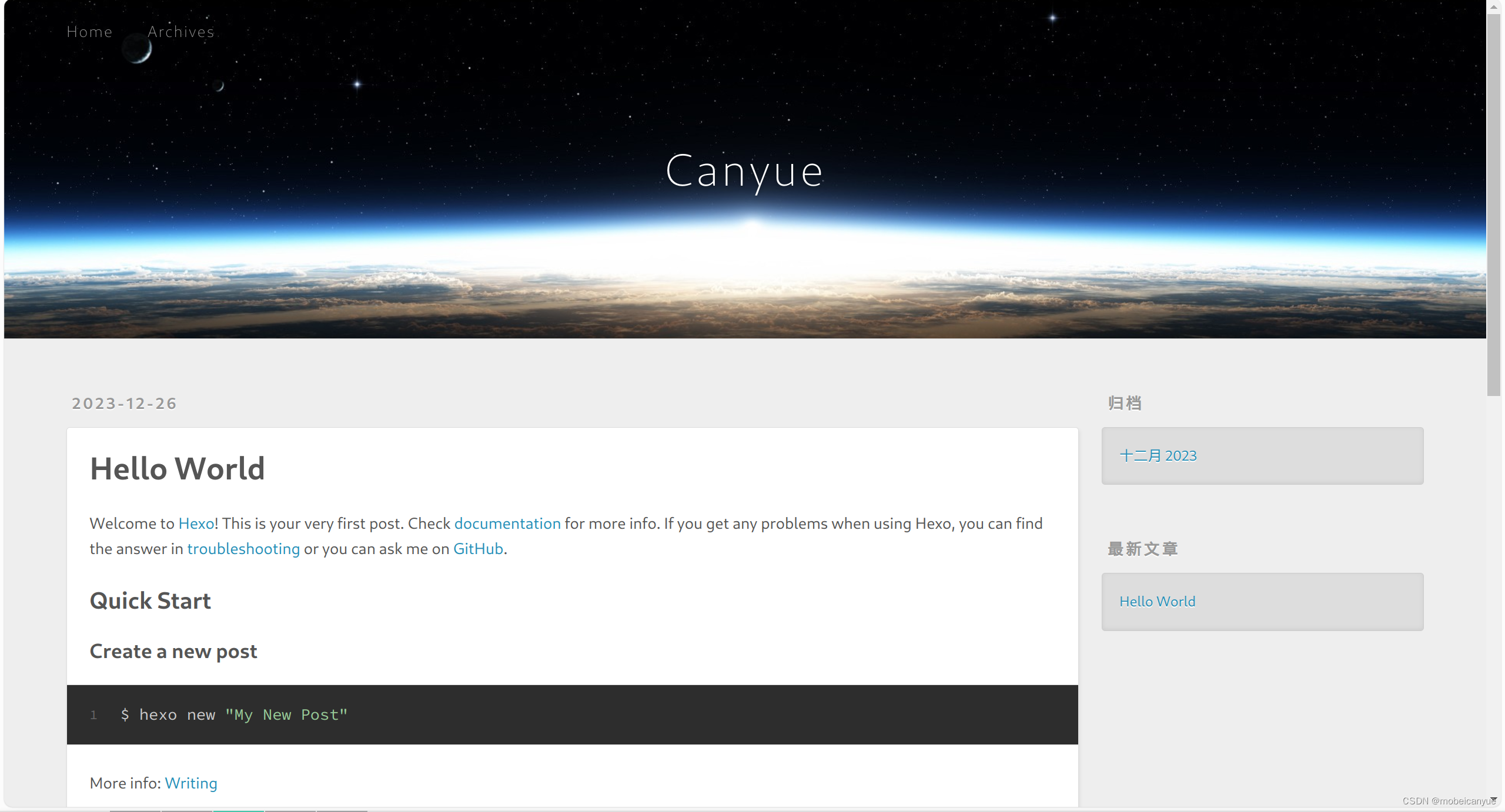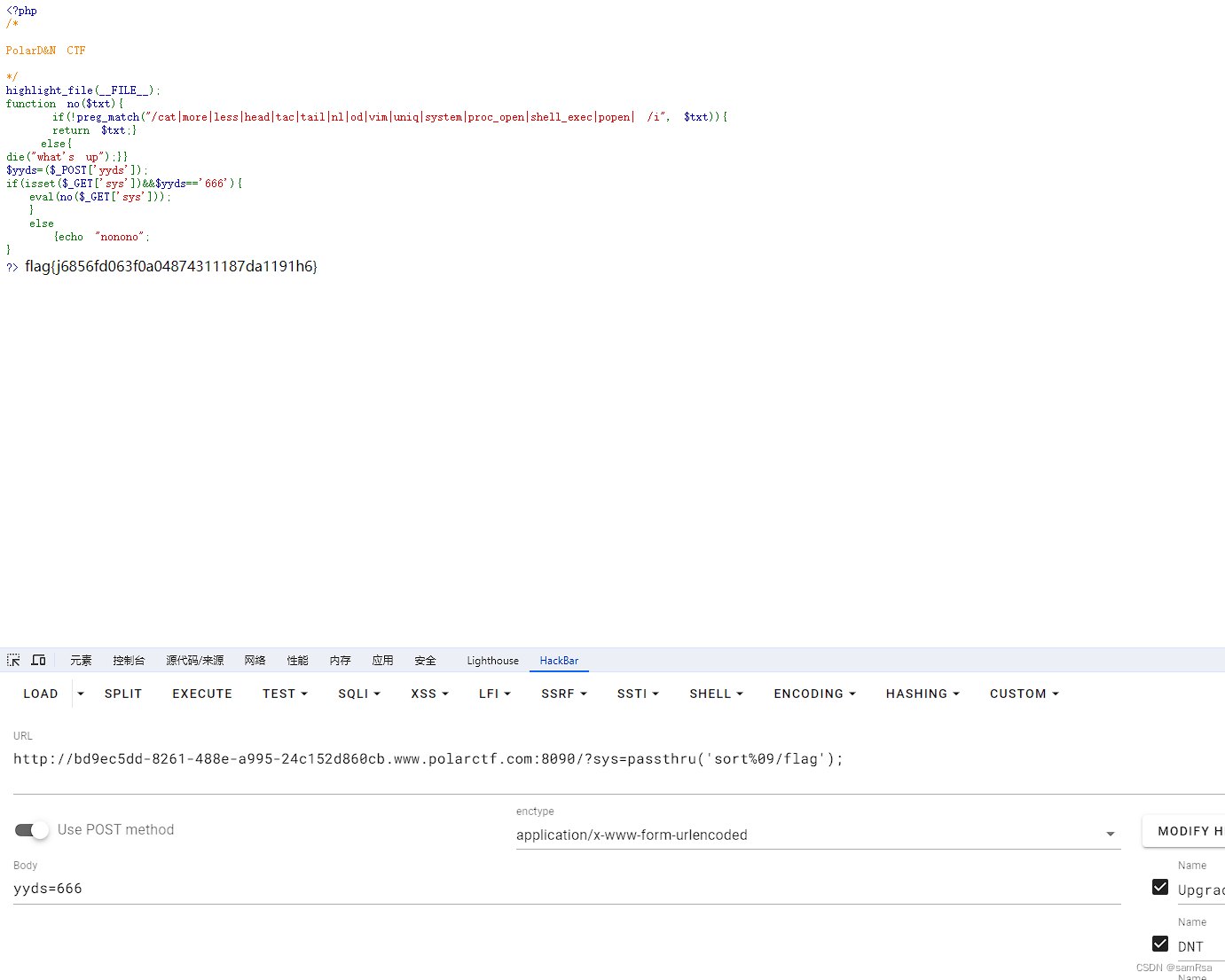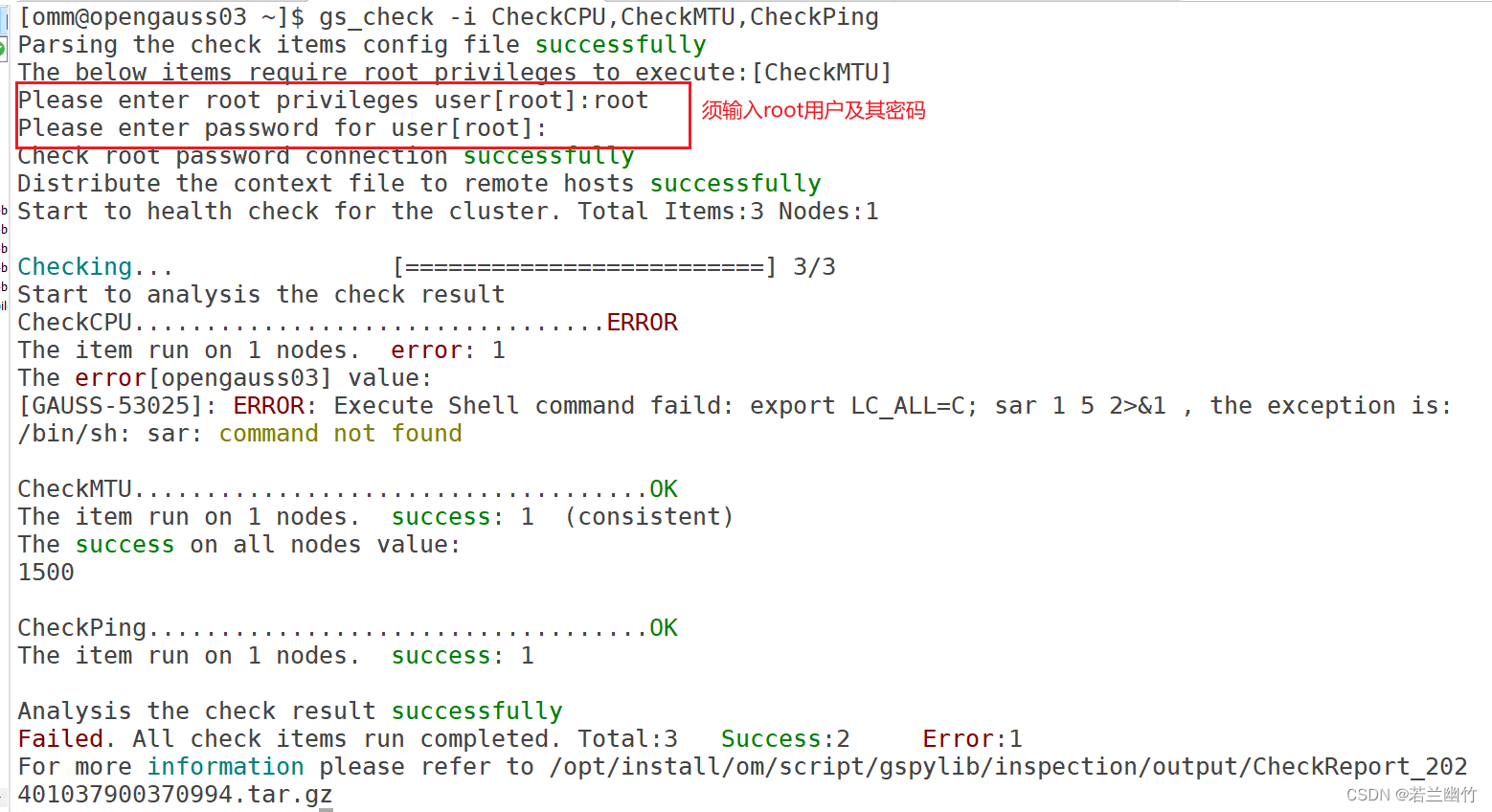一、训练DreamBooth时,相关代码的细节小计

**
class_labels = timesteps 时,模型的前向传播怎么走?待深入去看
**
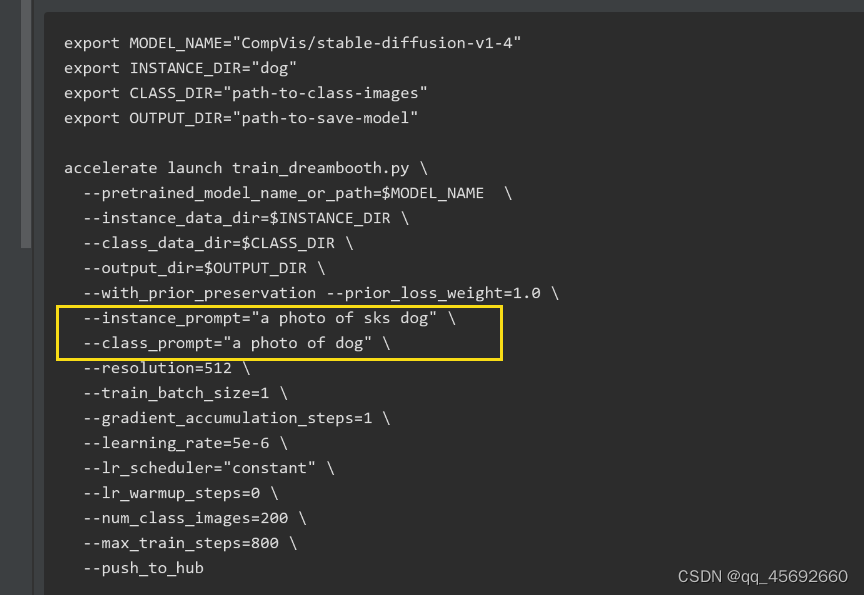
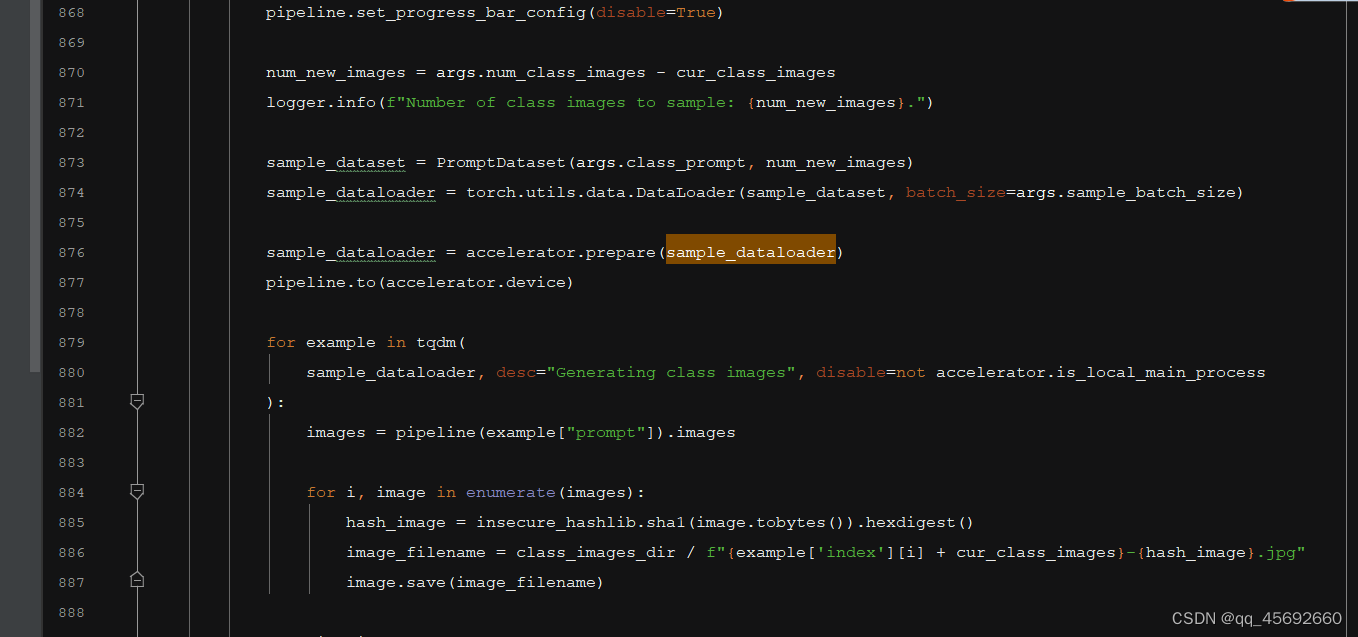
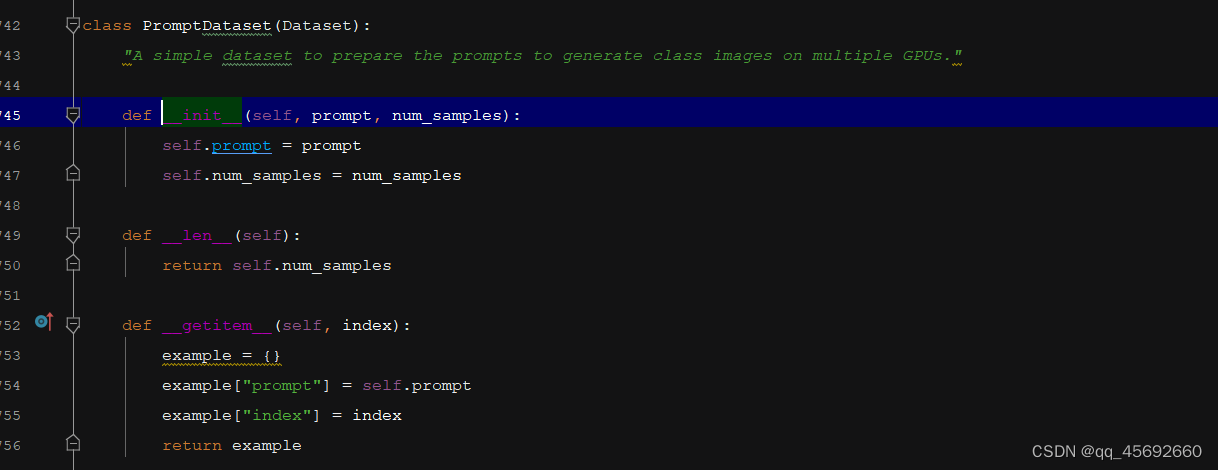
利用class_prompt去生成数据,而不是instance_prompt
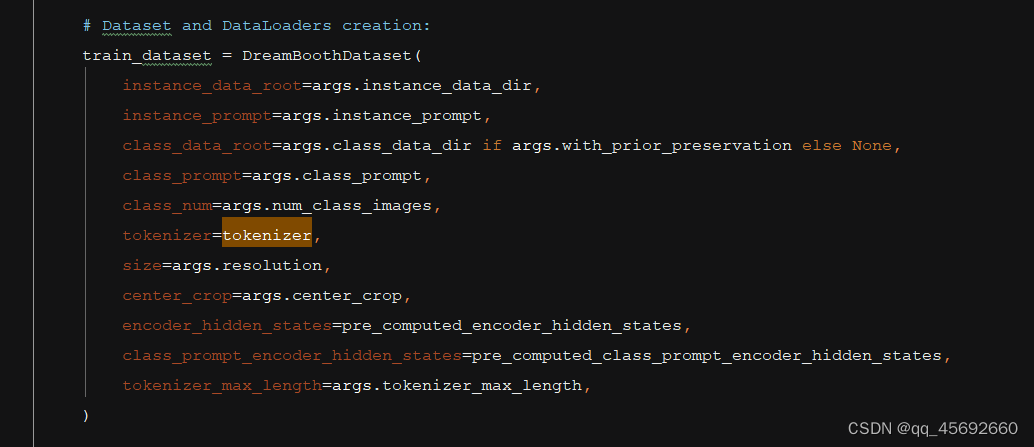
class DreamBoothDataset(Dataset):
"""
A dataset to prepare the instance and class images with the prompts for fine-tuning the model.
It pre-processes the images and the tokenizes prompts.
"""
def __init__(
self,
instance_data_root,
instance_prompt,
tokenizer,
class_data_root=None,
class_prompt=None,
class_num=None,
size=512,
center_crop=False,
encoder_hidden_states=None,
class_prompt_encoder_hidden_states=None,
tokenizer_max_length=None,
):
self.size = size
self.center_crop = center_crop
self.tokenizer = tokenizer
self.encoder_hidden_states = encoder_hidden_states
self.class_prompt_encoder_hidden_states = class_prompt_encoder_hidden_states
self.tokenizer_max_length = tokenizer_max_length
self.instance_data_root = Path(instance_data_root)
if not self.instance_data_root.exists():
raise ValueError(f"Instance {self.instance_data_root} images root doesn't exists.")
self.instance_images_path = list(Path(instance_data_root).iterdir())
self.num_instance_images = len(self.instance_images_path)
self.instance_prompt = instance_prompt
self._length = self.num_instance_images
if class_data_root is not None:
self.class_data_root = Path(class_data_root)
self.class_data_root.mkdir(parents=True, exist_ok=True)
self.class_images_path = list(self.class_data_root.iterdir())
if class_num is not None:
self.num_class_images = min(len(self.class_images_path), class_num)
else:
self.num_class_images = len(self.class_images_path)
self._length = max(self.num_class_images, self.num_instance_images)
self.class_prompt = class_prompt
else:
self.class_data_root = None
self.image_transforms = transforms.Compose(
[
transforms.Resize(size, interpolation=transforms.InterpolationMode.BILINEAR),
transforms.CenterCrop(size) if center_crop else transforms.RandomCrop(size),
transforms.ToTensor(),
transforms.Normalize([0.5], [0.5]),
]
)
def __len__(self):
return self._length
def __getitem__(self, index):
example = {}
instance_image = Image.open(self.instance_images_path[index % self.num_instance_images])
instance_image = exif_transpose(instance_image)
if not instance_image.mode == "RGB":
instance_image = instance_image.convert("RGB")
example["instance_images"] = self.image_transforms(instance_image)
if self.encoder_hidden_states is not None:
example["instance_prompt_ids"] = self.encoder_hidden_states
else:
text_inputs = tokenize_prompt(
self.tokenizer, self.instance_prompt, tokenizer_max_length=self.tokenizer_max_length
)
example["instance_prompt_ids"] = text_inputs.input_ids
example["instance_attention_mask"] = text_inputs.attention_mask
if self.class_data_root:
class_image = Image.open(self.class_images_path[index % self.num_class_images])
class_image = exif_transpose(class_image)
if not class_image.mode == "RGB":
class_image = class_image.convert("RGB")
example["class_images"] = self.image_transforms(class_image)
if self.class_prompt_encoder_hidden_states is not None:
example["class_prompt_ids"] = self.class_prompt_encoder_hidden_states
else:
class_text_inputs = tokenize_prompt(
self.tokenizer, self.class_prompt, tokenizer_max_length=self.tokenizer_max_length
)
example["class_prompt_ids"] = class_text_inputs.input_ids
example["class_attention_mask"] = class_text_inputs.attention_mask
return example
def tokenize_prompt(tokenizer, prompt, tokenizer_max_length=None):
if tokenizer_max_length is not None:
max_length = tokenizer_max_length
else:
max_length = tokenizer.model_max_length
text_inputs = tokenizer(
prompt,
truncation=True,
padding="max_length",
max_length=max_length,
return_tensors="pt",
)
return text_inputs
def collate_fn(examples, with_prior_preservation=False):
has_attention_mask = "instance_attention_mask" in examples[0]
input_ids = [example["instance_prompt_ids"] for example in examples]
pixel_values = [example["instance_images"] for example in examples]
if has_attention_mask:
attention_mask = [example["instance_attention_mask"] for example in examples]
# Concat class and instance examples for prior preservation.
# We do this to avoid doing two forward passes.
if with_prior_preservation:
input_ids += [example["class_prompt_ids"] for example in examples]
pixel_values += [example["class_images"] for example in examples]
if has_attention_mask:
attention_mask += [example["class_attention_mask"] for example in examples]
pixel_values = torch.stack(pixel_values)
pixel_values = pixel_values.to(memory_format=torch.contiguous_format).float()
input_ids = torch.cat(input_ids, dim=0)
batch = {
"input_ids": input_ids,
"pixel_values": pixel_values,
}
if has_attention_mask:
attention_mask = torch.cat(attention_mask, dim=0)
batch["attention_mask"] = attention_mask
return batch
Dataset和Dataloader的构成
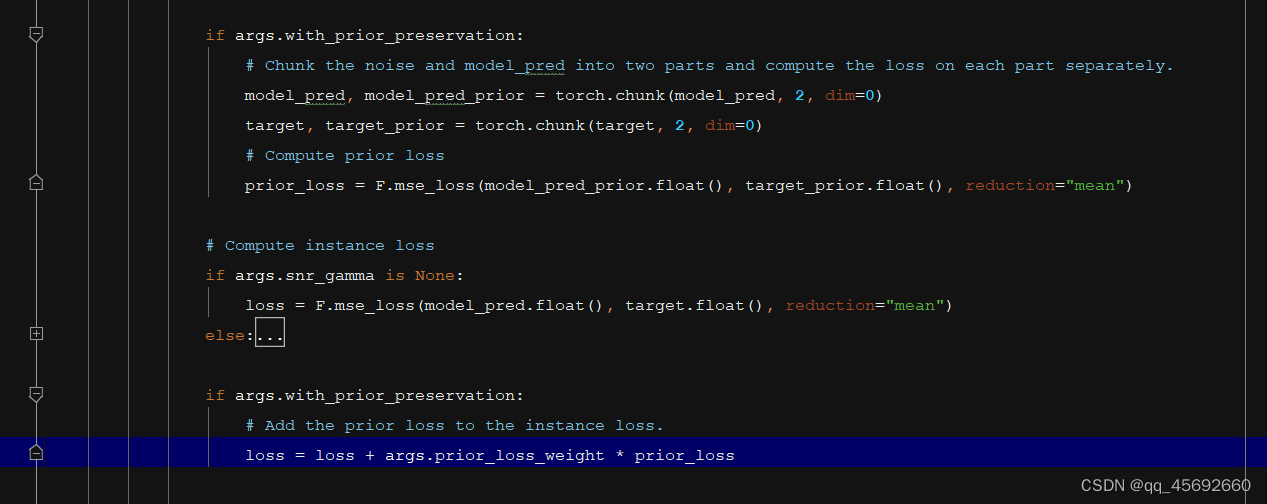
为了避免模型过拟合或者是说语言漂移的情况,需要用模型去用一个普通的prompt先生成样本。
fine-tune text-encoder,但是对显存要求更高
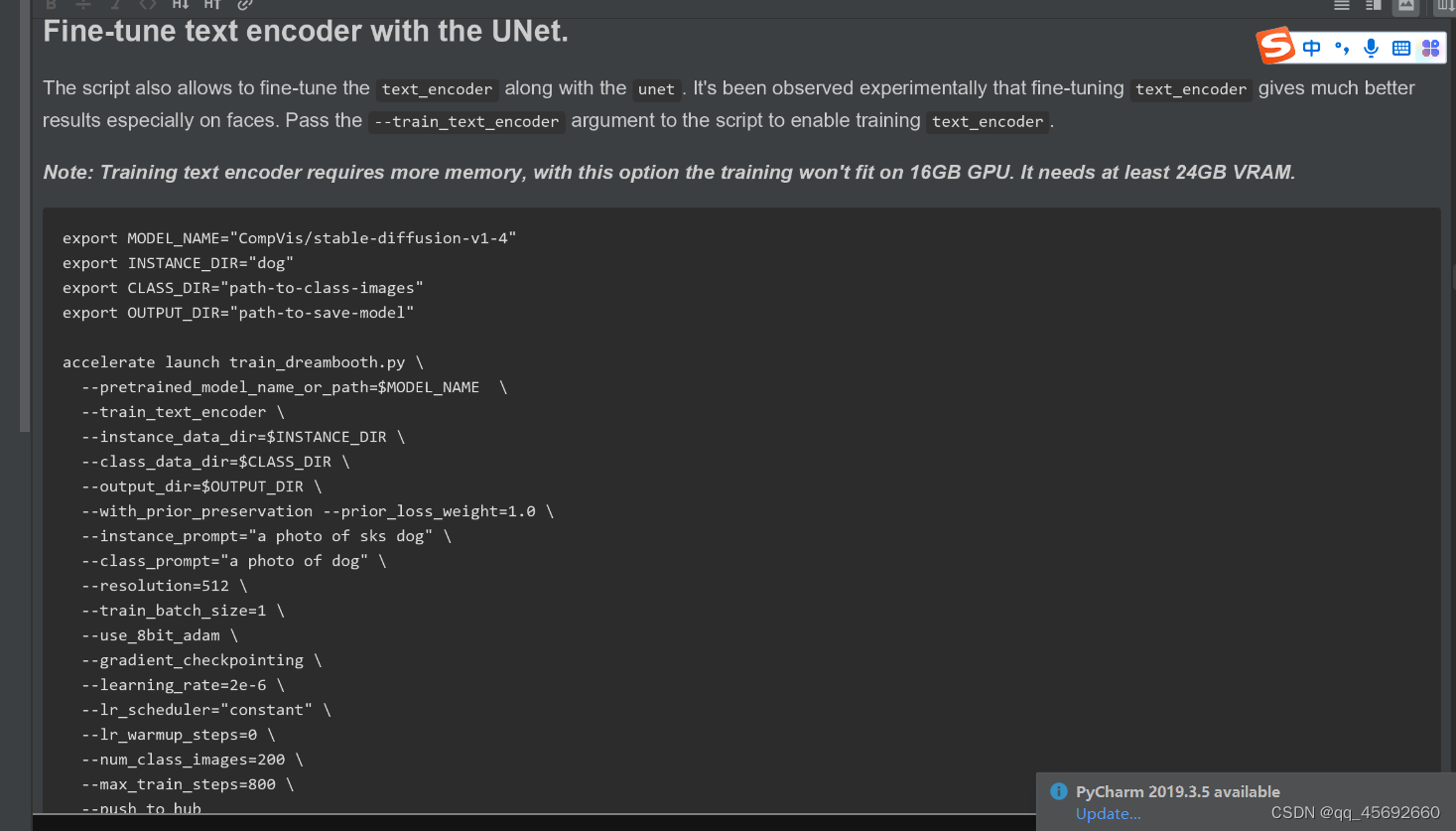
二、训练text to image,相关代码的细节小计
**
1、Dataloader的构建如下,但是为啥没有attention_mask呢?训练DreamBooth时有
2、训练或者微调模型时需要图文数据对,如果没有文本数据,可以用BLIP去生成图像描述的文本,但是文本描述不一定可靠
**
# Get the datasets: you can either provide your own training and evaluation files (see below)
# or specify a Dataset from the hub (the dataset will be downloaded automatically from the datasets Hub).
# In distributed training, the load_dataset function guarantees that only one local process can concurrently
# download the dataset.
if args.dataset_name is not None:
# Downloading and loading a dataset from the hub.
dataset = load_dataset(
args.dataset_name,
args.dataset_config_name,
cache_dir=args.cache_dir,
data_dir=args.train_data_dir,
)
else:
data_files = {}
if args.train_data_dir is not None:
data_files["train"] = os.path.join(args.train_data_dir, "**")
dataset = load_dataset(
"imagefolder",
data_files=data_files,
cache_dir=args.cache_dir,
)
# See more about loading custom images at
# https://huggingface.co/docs/datasets/v2.4.0/en/image_load#imagefolder
# Preprocessing the datasets.
# We need to tokenize inputs and targets.
column_names = dataset["train"].column_names
# 6. Get the column names for input/target.
dataset_columns = DATASET_NAME_MAPPING.get(args.dataset_name, None)
if args.image_column is None:
image_column = dataset_columns[0] if dataset_columns is not None else column_names[0]
else:
image_column = args.image_column
if image_column not in column_names:
raise ValueError(
f"--image_column' value '{args.image_column}' needs to be one of: {', '.join(column_names)}"
)
if args.caption_column is None:
caption_column = dataset_columns[1] if dataset_columns is not None else column_names[1]
else:
caption_column = args.caption_column
if caption_column not in column_names:
raise ValueError(
f"--caption_column' value '{args.caption_column}' needs to be one of: {', '.join(column_names)}"
)
# Preprocessing the datasets.
# We need to tokenize input captions and transform the images.
def tokenize_captions(examples, is_train=True):
captions = []
for caption in examples[caption_column]:
if isinstance(caption, str):
captions.append(caption)
elif isinstance(caption, (list, np.ndarray)):
# take a random caption if there are multiple
captions.append(random.choice(caption) if is_train else caption[0])
else:
raise ValueError(
f"Caption column `{caption_column}` should contain either strings or lists of strings."
)
inputs = tokenizer(
captions, max_length=tokenizer.model_max_length, padding="max_length", truncation=True, return_tensors="pt"
)
return inputs.input_ids
# Preprocessing the datasets.
train_transforms = transforms.Compose(
[
transforms.Resize(args.resolution, interpolation=transforms.InterpolationMode.BILINEAR),
transforms.CenterCrop(args.resolution) if args.center_crop else transforms.RandomCrop(args.resolution),
transforms.RandomHorizontalFlip() if args.random_flip else transforms.Lambda(lambda x: x),
transforms.ToTensor(),
transforms.Normalize([0.5], [0.5]),
]
)
def preprocess_train(examples):
images = [image.convert("RGB") for image in examples[image_column]]
examples["pixel_values"] = [train_transforms(image) for image in images]
examples["input_ids"] = tokenize_captions(examples)
# images text pixel_values input_ids 4种key
return examples
with accelerator.main_process_first():
if args.max_train_samples is not None:
dataset["train"] = dataset["train"].shuffle(seed=args.seed).select(range(args.max_train_samples))
# Set the training transforms
train_dataset = dataset["train"].with_transform(preprocess_train)
def collate_fn(examples):
pixel_values = torch.stack([example["pixel_values"] for example in examples])
pixel_values = pixel_values.to(memory_format=torch.contiguous_format).float()
input_ids = torch.stack([example["input_ids"] for example in examples])
return {"pixel_values": pixel_values, "input_ids": input_ids}
# DataLoaders creation:
train_dataloader = torch.utils.data.DataLoader(
train_dataset,
shuffle=True,
collate_fn=collate_fn,
batch_size=args.train_batch_size,
num_workers=args.dataloader_num_workers,
)
三、训ControlNet
Dataloader的搭建的代码如下:
1、新增conditioning_pixel_values图像数据,用于做可控的生成
2、输入中依旧没有attention-mask,待思考
def make_train_dataset(args, tokenizer, accelerator):
# Get the datasets: you can either provide your own training and evaluation files (see below)
# or specify a Dataset from the hub (the dataset will be downloaded automatically from the datasets Hub).
# In distributed training, the load_dataset function guarantees that only one local process can concurrently
# download the dataset.
if args.dataset_name is not None:
# Downloading and loading a dataset from the hub.
dataset = load_dataset(
args.dataset_name,
args.dataset_config_name,
cache_dir=args.cache_dir,
)
else:
if args.train_data_dir is not None:
dataset = load_dataset(
args.train_data_dir,
cache_dir=args.cache_dir,
)
# See more about loading custom images at
# https://huggingface.co/docs/datasets/v2.0.0/en/dataset_script
# Preprocessing the datasets.
# We need to tokenize inputs and targets.
column_names = dataset["train"].column_names
# 6. Get the column names for input/target.
if args.image_column is None:
image_column = column_names[0]
logger.info(f"image column defaulting to {image_column}")
else:
image_column = args.image_column
if image_column not in column_names:
raise ValueError(
f"`--image_column` value '{args.image_column}' not found in dataset columns. Dataset columns are: {', '.join(column_names)}"
)
if args.caption_column is None:
caption_column = column_names[1]
logger.info(f"caption column defaulting to {caption_column}")
else:
caption_column = args.caption_column
if caption_column not in column_names:
raise ValueError(
f"`--caption_column` value '{args.caption_column}' not found in dataset columns. Dataset columns are: {', '.join(column_names)}"
)
if args.conditioning_image_column is None:
conditioning_image_column = column_names[2]
logger.info(f"conditioning image column defaulting to {conditioning_image_column}")
else:
conditioning_image_column = args.conditioning_image_column
if conditioning_image_column not in column_names:
raise ValueError(
f"`--conditioning_image_column` value '{args.conditioning_image_column}' not found in dataset columns. Dataset columns are: {', '.join(column_names)}"
)
def tokenize_captions(examples, is_train=True):
captions = []
for caption in examples[caption_column]:
if random.random() < args.proportion_empty_prompts:
captions.append("")
elif isinstance(caption, str):
captions.append(caption)
elif isinstance(caption, (list, np.ndarray)):
# take a random caption if there are multiple
captions.append(random.choice(caption) if is_train else caption[0])
else:
raise ValueError(
f"Caption column `{caption_column}` should contain either strings or lists of strings."
)
inputs = tokenizer(
captions, max_length=tokenizer.model_max_length, padding="max_length", truncation=True, return_tensors="pt"
)
return inputs.input_ids
image_transforms = transforms.Compose(
[
transforms.Resize(args.resolution, interpolation=transforms.InterpolationMode.BILINEAR),
transforms.CenterCrop(args.resolution),
transforms.ToTensor(),
transforms.Normalize([0.5], [0.5]),
]
)
conditioning_image_transforms = transforms.Compose(
[
transforms.Resize(args.resolution, interpolation=transforms.InterpolationMode.BILINEAR),
transforms.CenterCrop(args.resolution),
transforms.ToTensor(),
]
)
def preprocess_train(examples):
images = [image.convert("RGB") for image in examples[image_column]]
images = [image_transforms(image) for image in images]
conditioning_images = [image.convert("RGB") for image in examples[conditioning_image_column]]
conditioning_images = [conditioning_image_transforms(image) for image in conditioning_images]
examples["pixel_values"] = images
examples["conditioning_pixel_values"] = conditioning_images
examples["input_ids"] = tokenize_captions(examples)
return examples
with accelerator.main_process_first():
if args.max_train_samples is not None:
dataset["train"] = dataset["train"].shuffle(seed=args.seed).select(range(args.max_train_samples))
# Set the training transforms
train_dataset = dataset["train"].with_transform(preprocess_train)
return train_dataset
def collate_fn(examples):
pixel_values = torch.stack([example["pixel_values"] for example in examples])
pixel_values = pixel_values.to(memory_format=torch.contiguous_format).float()
conditioning_pixel_values = torch.stack([example["conditioning_pixel_values"] for example in examples])
conditioning_pixel_values = conditioning_pixel_values.to(memory_format=torch.contiguous_format).float()
input_ids = torch.stack([example["input_ids"] for example in examples])
return {
"pixel_values": pixel_values,
"conditioning_pixel_values": conditioning_pixel_values,
"input_ids": input_ids,
}
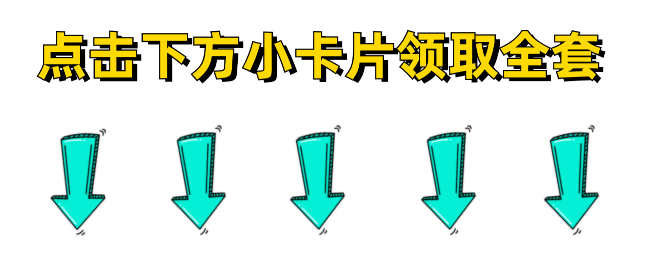

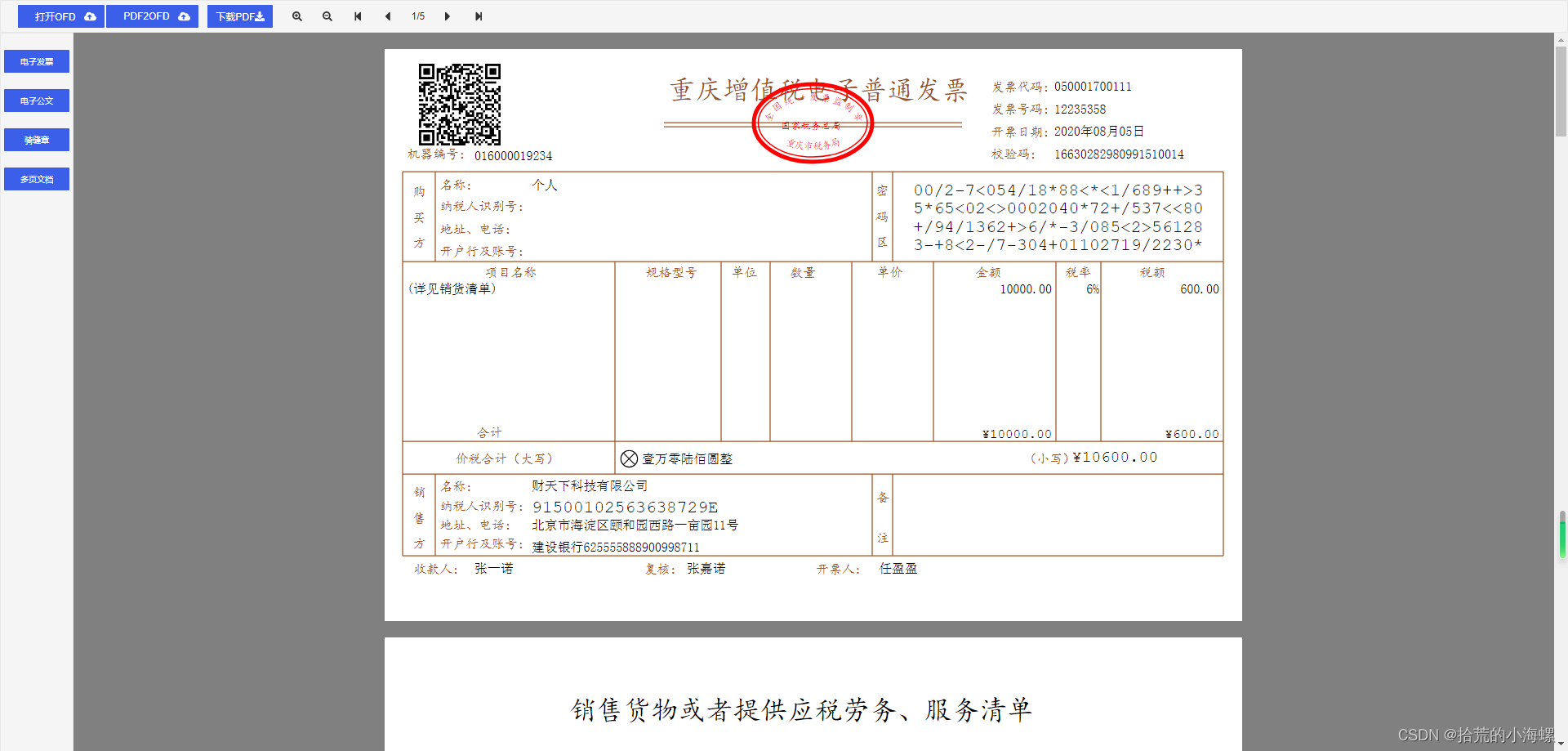
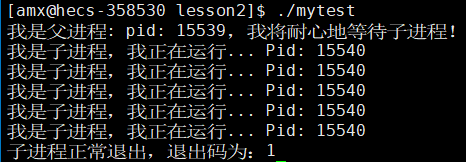
![[ Tool ] celery分布式任务框架基本使用](https://img-blog.csdnimg.cn/direct/6dc4eed4bd4c4a76890d2a794654e20c.png)
